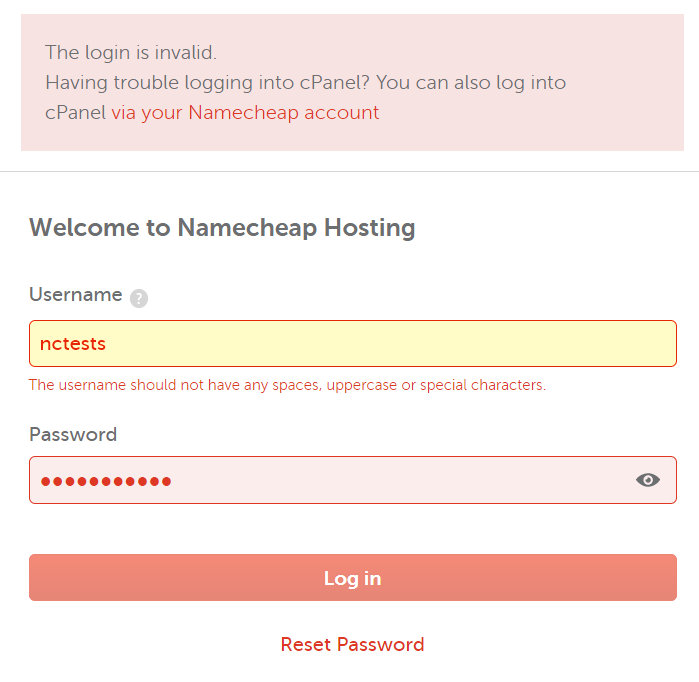

- Non access db password recovery install#
- Non access db password recovery full#
- Non access db password recovery pro#
- Non access db password recovery windows#
The backups taken from the MS SQL database will be stored as a. Click here to learn more about taking backups of your PMP data. By default, it will be present under /Backup folder and have the name something like pmpbackup_pmpversion_backupdate-time.bak (For example, pmpbackup_6400_110721-1159.bak). Step 2Ĭopy the PMP backup file from the SQL server. For details, refer steps 10.1.1 to 10.1.3 under MS SQL Configuration. Ensure that the new instance of MS SQL server is configured with SSL.

You are now specifying a new instance of MS SQL server where the backup has to be restored.
Non access db password recovery install#
Install another instance of PMP with MS SQL server as the backend. For security reasons, during installation of MS SQL, we recommend moving the encryption key from the default location to a secure location and use it while performing disaster recovery. The encryption master key will be stored under /conf directory with the name masterkey.key. PMP uses SQL server's encryption mechanism to encrypt the data.
Non access db password recovery pro#
Disaster Recovery Steps for Password Manager Pro with MS SQL Server 2.1 Prerequisite Note: Before executing the 'updateserverconf.sh' command, ensure that x11 is enabled on your PMP server.Ģ. This action will apply the default SSL certificate that comes with the product to your PMP server. In the pop-up that appears, enter the default certificate name as Server.keystore and password as passtrix. If you are using PMP build 9700 or higher, execute the command 'updateserverconf.sh'. The backed up contents would be restored to the PMP DB.ezip format. Note that the backup file and the pmp_key.key file should be located in the same folder under the same path inside the PMP server. Execute the script 'sh restoreDB.sh -p '. Enter your backup file name in.Now, your PMP server will be encrypted using the trusted SSL certificate you provided. Here, browse for your trusted certificate, enter the necessary certificate details, and save the changes.Login to the PMP web interface using an administrator account and go to Admin > Configuration > Password Manager Pro Server.To add your trusted SSL certificate to your PMP server, follow these steps:.If you are using PMP build 9700 or higher, execute the command 'updateserverconf.bat'. After a successful start-up, it does not need the key anymore and so the device with the key file can be taken offline.
Non access db password recovery full#
PMP requires the pmp_key.key file accessible with its full path when it starts up every time.

Non access db password recovery windows#


 0 kommentar(er)
0 kommentar(er)
